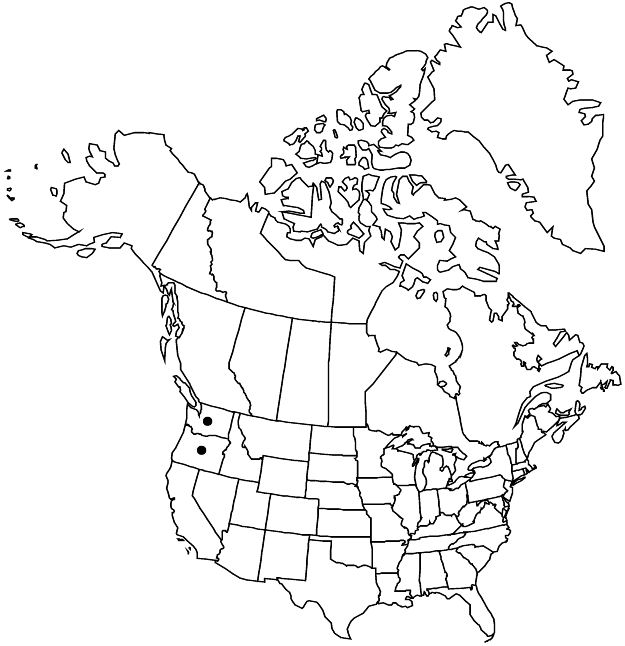Viola trinervata
Bot. Gaz. 11: 290. 1886.
Plants perennial, caulescent, not stoloniferous, 5–15 cm. Stems 1–4, decumbent, ascending, or erect, ca. 1/2 subterranean, glabrous, from single, vertical, deep-seated caudex. Leaves basal and cauline; basal: 1–7, palmately compound, leaflets 3–5; stipules adnate to petiole, forming 2 linear-lanceolate wings, unlobed, margins entire, apex of each wing free, acute; petiole 4.5–15 cm, glabrous; blade reniform or ovate to ± orbiculate, 2–5 × 2.5–5 cm, coriaceous, base tapered, leaflets cleft or dissected into 2–3 elliptic, lanceolate, or oblanceolate lobes 2–7 mm wide, margins usually entire, eciliate, apex acute, mucronulate, surfaces glabrous (± glaucous), abaxial surface usually with prominent vein parallel to each margin; cauline similar to basal except: stipules lanceolate; petiole 1–5.5 cm; blade 1–3 × 2–4.5 cm. Peduncles 1.1–7 cm, glabrous. Flowers: sepals lanceolate, margins eciliate, auricles 0–1 mm; petals: upper 2 often overlapping, dark reddish violet on both surfaces, lower 3 lilac, rarely white, lateral 2 bearded, with yellow patch basally and reddish violet patch distal to yellow patch, lowest 9–15 mm with yellow patch, dark reddish violet-veined, spur yellow, gibbous, 0.6–1.5 mm; style head bearded; cleistogamous flowers absent. Capsules ovoid, 7–12 mm, glabrous. Seeds tan, 3.2–4.5 mm.
Phenology: Flowering Mar–May.
Habitat: Sagebrush flats, dry, rocky hillsides, usually in gravelly soil
Elevation: 400–1200 m
Discussion
In some populations of Viola trinervata the lower three petals are white with a yellow area proximally (V. B. Baird 1942).
Selected References
None.
